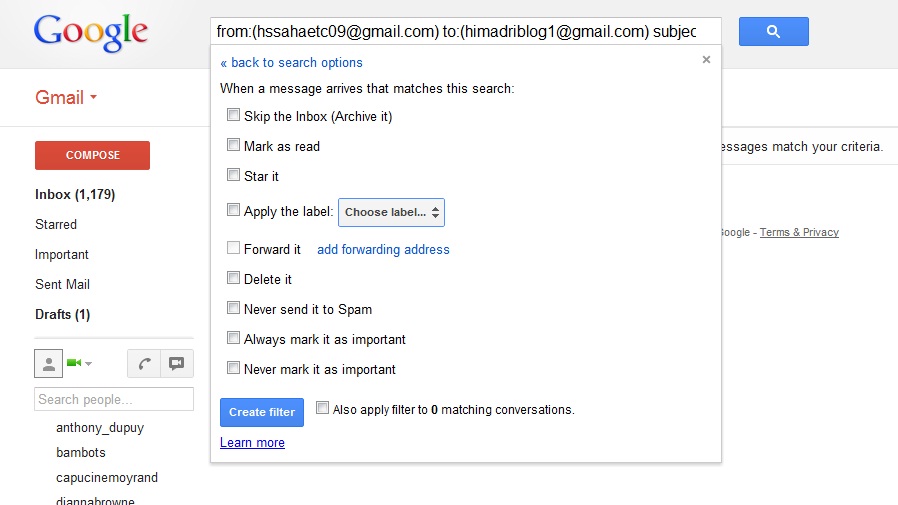Android and iOS are currently by far the two most popular smartphone platforms, with a constant debate raging between the users of which regarding which one is better. If you have, for whatever reason, decided to switch your allegiance from Android to iOS, you are probably aware of the fact that even though the platforms are similar in a number of ways, their differences are more than substantial enough for you to be curious about what exactly you will be gaining and what you will be losing in the switch. We tried to mention some of the most important and noticeable differences between the two platforms, so as to help you make the informed decision on whether you actually want to make the switch.
Platform:
One of the most significant differences between the two is in the fact that Android is an open platform, with developers having easy access to its inner workings and the ability to make tweaks and modifications. This also goes for apps. The Android phones can use apps made by third parties, while iPhone can only use app found on iTunes. This is a bit limiting, but it comes with an advantage of having every app tested for potential malware and quality, which is to say that there is less risk of getting a malicious or dysfunctional app.
Updates:
App updates are handled differently on iPhones, as is the update system of the platform itself. As you know, Android has a fragmented approach to system updating, which is to say that a number of smaller updates are constantly being released, which might be handy in some respects, but can also be somewhat annoying and impractical. Apple issues the updates less frequently, but the users gain access to them at the same time and there are no compatibility issues that you might be facing with Android. If you have a recent enough version of iPhone, you’ll be able to update it easily and have your phone compatible with relevant apps.
Customization:
You do have less room for customization with iOS, but one of the things that recommends iPhone are the solutions that Apple decided to use, their intuitiveness and level of user friendliness, so there is usually not much need for additional customization. If you simply have to have more control over personalization, you can choose to jailbreak your iPhone which does give you some wiggle room and additional options. While you have widgets on your Android phone, iPhone’s home screens only contain apps, possibly organized in folders, which might seem a bit limiting, but it can significantly improve your battery life.
Input:
Another obvious difference is the input method. While Android have numerous buttons, for home, back, menu and optional search, iPhone only has the home button. While this might appear limiting at first glance, the way in which iPhone apps are developed makes the one button perfectly capable of of doing everything it needs to do. All the apps have their back and menu buttons, which allow for easy navigation. Pressing the button twice brings you to a task drawer, while holding it will give you access to your digital assistant Siri, which allows you to input voice commands and access different phone functions, which gives you all the flexibility that you might need.
Services:
For a while, using different Google services on your iPhone might have been a problem, but that is no longer the case. What does remain a bit of an issue is the fact that while you could easily choose default apps for certain operations on your Android phone, your iPhone is not offering you the same freedom. You can tinker with your phone a bit and find ways to circumvent this issue in specific instances, but for the most part, you’ll have to stick with the choices that Apple made.
You still cannot use Flash on your iPhone, which is something that you could do on an Android phone, but seeing how responsive web design is slowly doing away with Flash in most web pages, this is daily becoming less of an issue. You will, though have to get used to a complete new set of apps, and find the iOS equivalents of the apps you enjoyed on Android, but the search might actually bring you some better alternatives.



